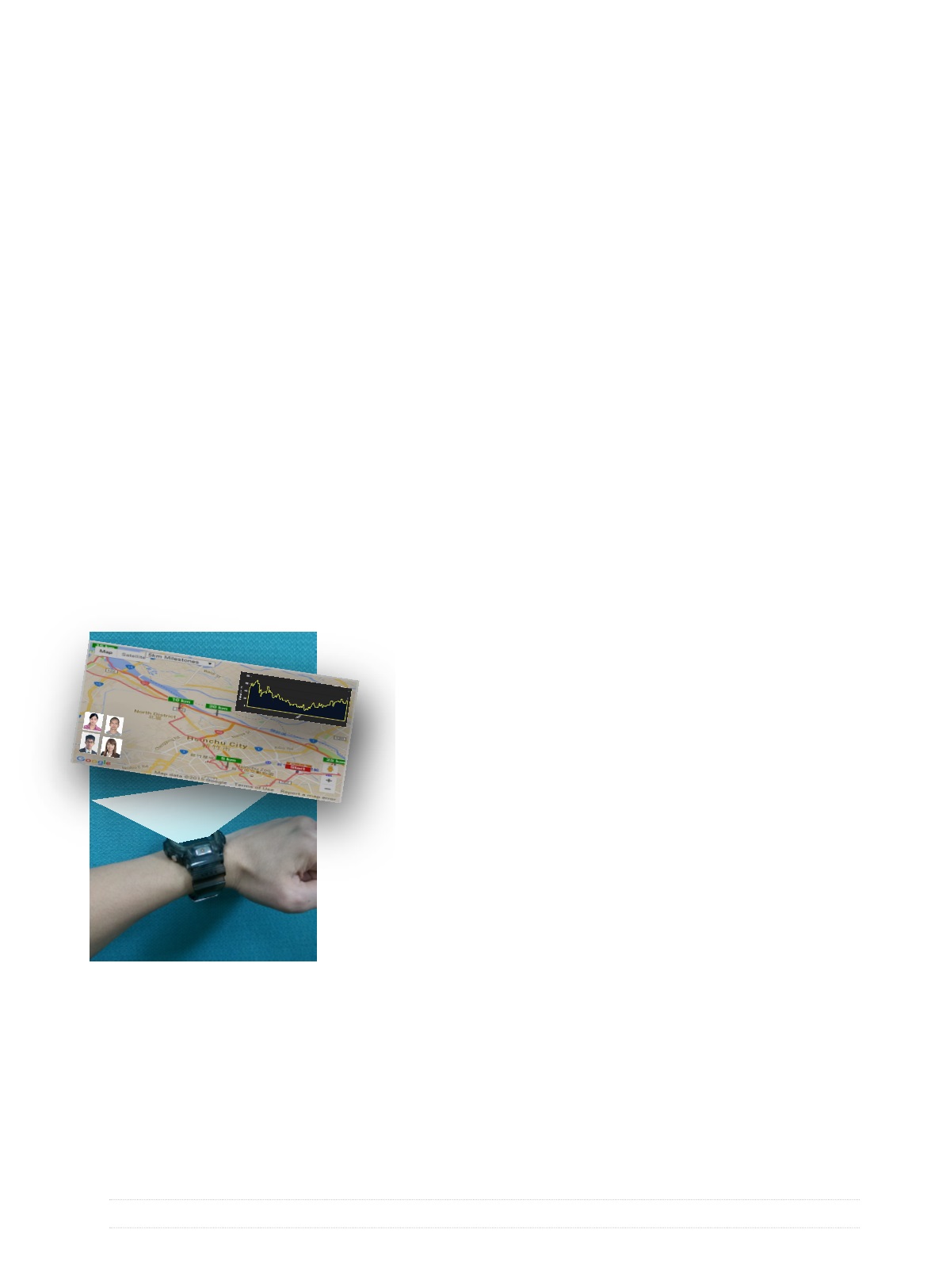

86
2017 Yearbook
after fully explanation give scores from the user’s point of view. At last, three directions of technology research and
development are recommended, also confirmed by the Happy Aging sports group. From the user demands point of
view, there are potential markets for the future sports-tech products and services.
1. Gamification in the real-time situation
Although nowadays the sports-info services of wearable devices is designed with the gamification concept, we
cannot see the interface which provides within social groups, points, badges, and leaderboard after users upload the
sports data from their sports watch. What else can gamification do?
For the Happy Aging sports population, the online world is always static. After users finish sports, they upload the
sports data and only then, the interactions among social groups can start the game. However, the essence of sports
is dynamic and real-time. Simply, the current information is limited to the technology development and it can only
provide static gamification and socialization.
In the discussions of the targeted Happy Aging sports group,
there is an interesting reaction from sports interactions. No
matter in the sports trainings or competitions, every sports
person would consciously or unconsciously setup a refernecial
person so as to judge his or her sports performance based on
this person. For instance, a sports person will catch a familiar
social group member who usually has the similar sports records
with himself or herself; thus, this might be the limit that he or she
will not get lazy or might be the motif that he or she can make
progress. To take part in this reference method requires a lot of
visual contacts. In practice, to see the jogger who has the same
level take over in person and to view 10-minute difference on
the sports clouds management platform are two different things
to stimulate one’s sports performance. No matter in trainings or
competitions, the scope is too vast for users to see and stimulate
himself or herself based on the reference method.
Jogger’s real-time position on the
schematic diagram
Source from ITRI IEK (2015)


















